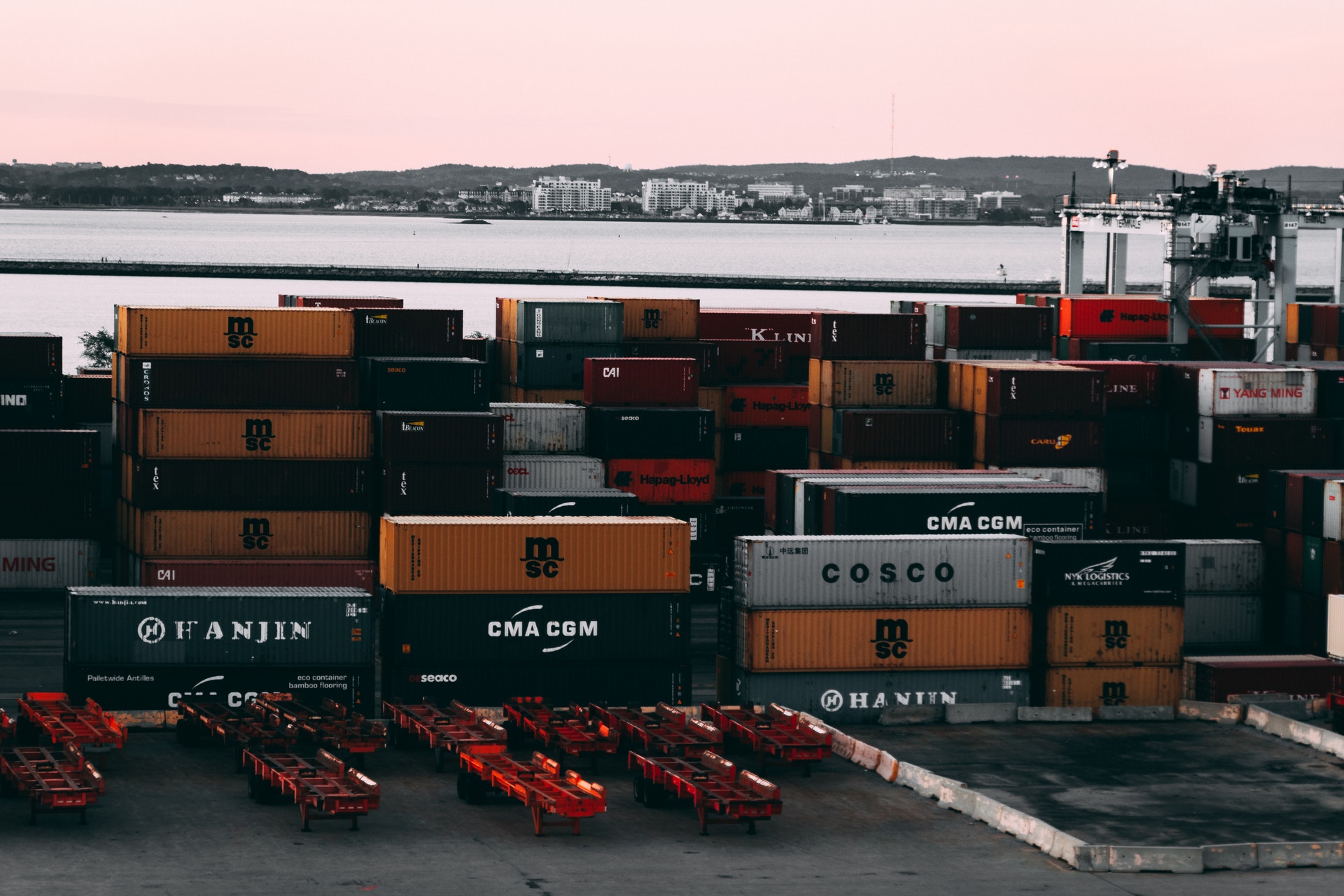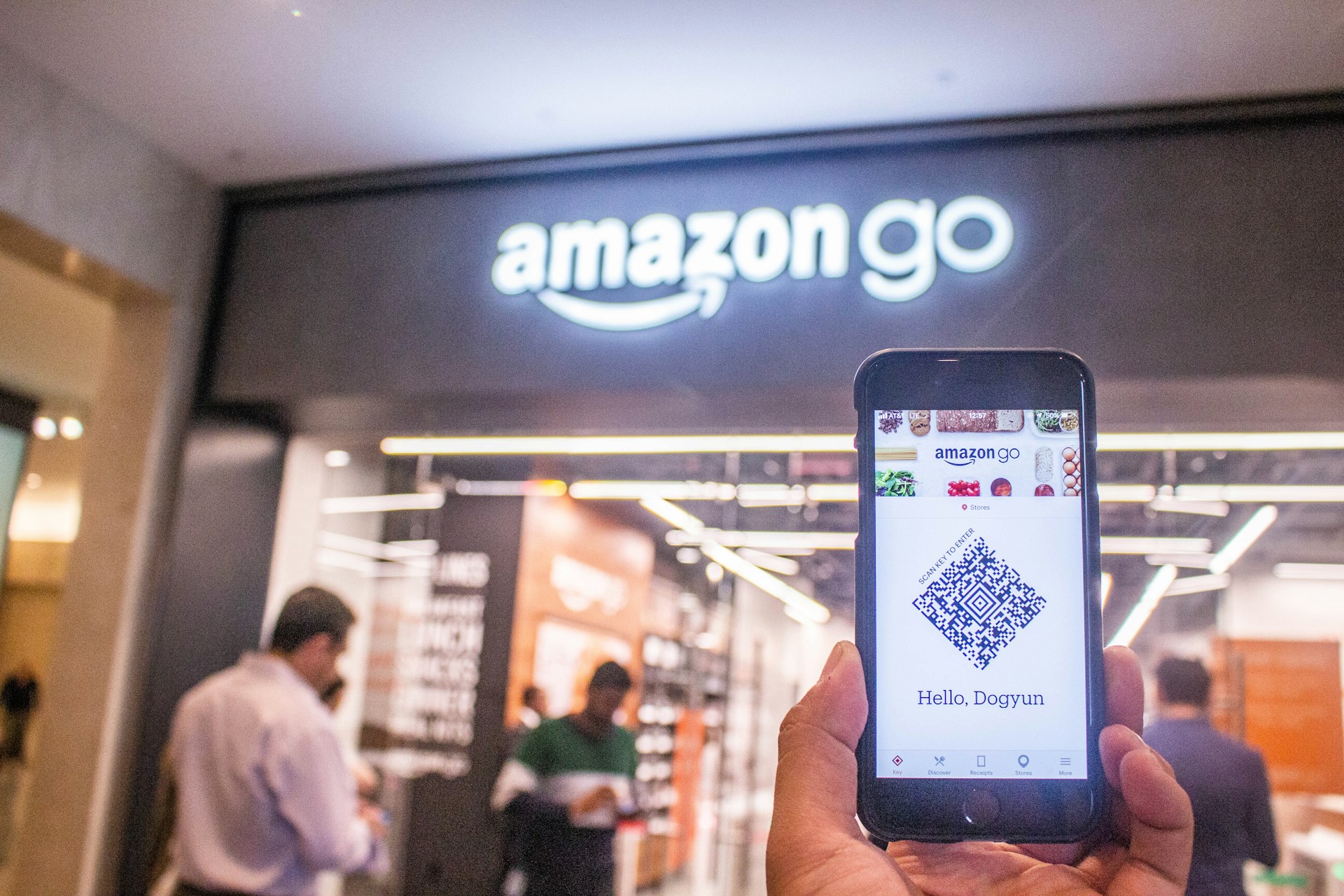
How Does AI Help Make Supply Chains More Resilient?
October 12, 2021 - Emily Newton
Revolutionized is reader-supported. When you buy through links on our site, we may earn an affiliate commission. Learn more here.
Artificial intelligence (AI) has become a game-changer for industries ranging from marketing to medicine. It’s also indispensable for helping the world’s supply chains stay strong under the burdens of increased demands. Here are some specific benefits that supply chain AI can bring.
AI in Supply Chain Management Helps With Demand Planning
Demand planning success is the vital ingredient for ensuring that people can get the goods they need and helping suppliers avoid too much unnecessary inventory. However, unusual events understandably make it more difficult to predict what people will want and when.
If an area of the country known for its warm winter weather gets a sudden snowstorm, people will likely flock to stores in search of shovels and sleds. However, they won’t find them unless merchants took the slight chance of snow into account when ordering products.
COVID-19 caused similar supply chain issues. Staples like hand soap and toilet paper quickly sold out as people engaged in panic buying. However, a recent study showed that AI was instrumental in helping supply chain professionals with demand planning during the challenging period.
The data revealed that demand planning errors rose by 20% during the pandemic. Additionally, instances of what the researchers termed “extreme error,” where forecasts exceeded or fell short of products received by more than double, increased by more than one-third. However, when companies used AI to assist with demand planning, the product volume affected by extreme errors fell by 50%, while forecasting errors decreased by more than 33%.
Numerous factors affect demand planning accuracy. But, AI can help because it analyzes trends that people may otherwise miss.
Raising Visibility With AI in the Supply Chain
AI also helps supply chain managers stay more aware of what happens at every point, from when products leave a facility to when they reach a customer’s doorstep. Thus, it’s useful for showing people where things go wrong and why bottlenecks occur.
For example, one company uses AI and computer-vision cameras to give warehouse workers visual cues when a packer moves a parcel to the correct pallet. That system improves overall accuracy by reducing the manual tasks that could make mistakes more likely to occur.
Some organizations combine AI applications with the Internet of Things (IoT) to get real-time data about things such as the temperature and humidity levels associated with the environments of individual shipments. Some IoT sensors even detect if a handler drops a package.
If a company uses AI for route optimization, it can advise a fleet manager which way a truck driver should go to avoid traffic jams and road construction, depending on in-the-moment conditions.
Supply chain AI can also boost visibility during quality control inspections. Some machine learning platforms can spot defects much faster and more accurately than traditional methods allowed, which keeps costs down and raises productivity.
Supply Chain AI Improves Efficiency
Supply chain professionals work in a fast-moving industry. Numerous factors combine to influence whether products reach their destinations on time and in a sellable condition. Plus, more of today’s customers expect their goods faster than ever.
The rise of brands like Amazon has caused people to demand the ability to receive their merchandise within a couple of days from ordering, and sometimes even sooner. They usually don’t grasp all the stages a product goes through before reaching them. Nevertheless, delivery speed is often a key element that determines whether a person buys from a certain company or does business elsewhere.
Many companies now use AI-powered automation, such as robots, to keep pace with customers’ increasing needs. AI also supports marketplace competitiveness by helping organizations scale up with minimal hassles.
For example, some companies use mobile robots that move goods around a warehouse and automatically steer around people and obstacles with the help of AI. It’s even possible to sync those machines with other equipment in a factory for even more streamlined results. For example, a mobile robot might move to the end of an assembly line at precisely the right time to pick up a parcel as it leaves a conveyor belt.
Using AI in supply chain management can connect all relevant parties, too. If it analyzes data and concludes a delay will likely happen at one stage of a product’s journey, that notification can go to everyone who needs to know that development. Then, if possible, they can reduce the combined effects of that delay by making adjustments that are within their control.
Boosting Sustainability Now and Into the Future
People around the world are growing more concerned about how to avoid unnecessary waste and take other actions that’ll protect the environment. Sometimes, keeping a sustainable business model means taking decisive steps to cope with unfavorable circumstances.
For example, when the agriculture industry got hit hard by COVID-19, farmers and other food producers identified viable alternative markets to minimize waste and get products to the people who wanted and needed them. Such prompt actions support sustainability while keeping suppliers profitable.
Audi Screens Suppliers’ Sustainability With AI
Many companies also rely on artificial intelligence in supply chains to see which actions would have the overall biggest impacts on making sustainable improvements for the long term. In one example, automaker Audi launched an AI tool that lets decision-makers at the company select suppliers that are the most committed to sustainable business practices.
The platform analyzes potential supply chain partners from 150 countries, then suggests which ones are most likely to show the most sustainable values during a business relationship. The tool screens publicly available news sources and information from social media networks to reach its conclusions.
Audi executives can then make current or future procurement decisions based on what the AI shows. For instance, news articles about damning environmental practices might trigger Audi to demand that a supplier make immediate improvements to retain its partnership with the company.
Sustainability connects to supply chain resilience in several ways. If a company is too wasteful, it risks becoming unprofitable as a result. More national leaders have set emissions targets and expect major organizations to comply, as well. AI can reveal which parts of the supply chain cause the most pollution or waste, giving leaders the insights they need to make positive, lasting changes and reduce their risk of incurring fines.
Removing and Reducing Disruptions With AI
Applying AI in supply chain management often means reducing the factors that cause unwanted operational stoppages. An issue at one part of the supply chain could have a knock-on effect for all. One popular way to minimize problems is to use AI for predictive maintenance of critical machinery.
Even a relatively brief factory outage could rack up costs of tens of thousands of dollars per hour depending on the affected industry. However, AI and the IoT can detect equipment abnormalities that will likely cause failures if left unaddressed.
When supply chain leaders get early warnings of impending machine outages, they have more time to order parts, shift operations or make other changes that reduce or eliminate the effects of an out-of-order machine.
Walmart Invests in Autonomous Vehicles
Bringing AI to the supply chain can also reduce the adverse effects of last-mile delivery interruptions, such as slowdowns due to too many stops scheduled along a route. Walmart is working with Ford and an AI company to use autonomous vehicles to accelerate delivery timeframes for customers.
Once a person places their order, the AI system gives them an accurate estimate of when to expect the goods based on intelligent delivery routing happening in the background. Walmart representatives believe this approach will reduce labor costs while elevating customer satisfaction rates.
Take Care When Investing in AI
These supply chain AI examples show that high-tech innovations can pay off when strengthening the supply chain. However, people interested in implementing AI should do so strategically for optimal outcomes.
It’s not sufficient to invest in an AI platform because competitors have already done it. That may be a driving factor, but supply chain leaders should ideally pinpoint several problems they want to solve. Then, the next logical step is to investigate how artificial intelligence could help and how long it might take to see the expected results. Those details can help people make confident choices about when and why to use AI for supply chain improvements.
Revolutionized is reader-supported. When you buy through links on our site, we may earn an affiliate commission. Learn more here.
Author
Emily Newton
Emily Newton is a technology and industrial journalist and the Editor in Chief of Revolutionized. She manages the sites publishing schedule, SEO optimization and content strategy. Emily enjoys writing and researching articles about how technology is changing every industry. When she isn't working, Emily enjoys playing video games or curling up with a good book.







